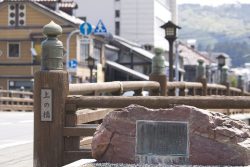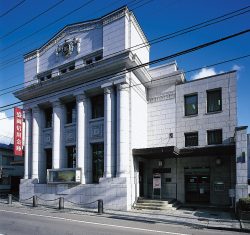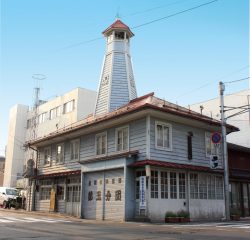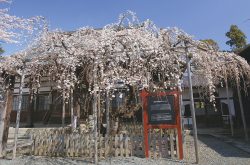Takamatsu park (Takamatsu Pond)
Three steps of embankment is made for the purpose of the feudal government period and flood control, and Nakatsutsumi biggest shortly will be present Takamatsu Pond. Because it was beautiful and famous, it's said that a pinery was called "Takamatsu Pond". 1000 Yoshino cherry trees are planted into 1906 around the pond, and it's chosen by "100 elections of landmark of a Japanese cherry tree" as next to one and 1989 of the famous place for beautiful cherry blossom which represents Morioka. There is a walkway around the pond, and it's also most suitable for bird watching.

 About Morioka
About Morioka View
View Learn
Learn Eat
Eat Buy
Buy Play
Play Stay
Stay Culture
Culture Access
Access








